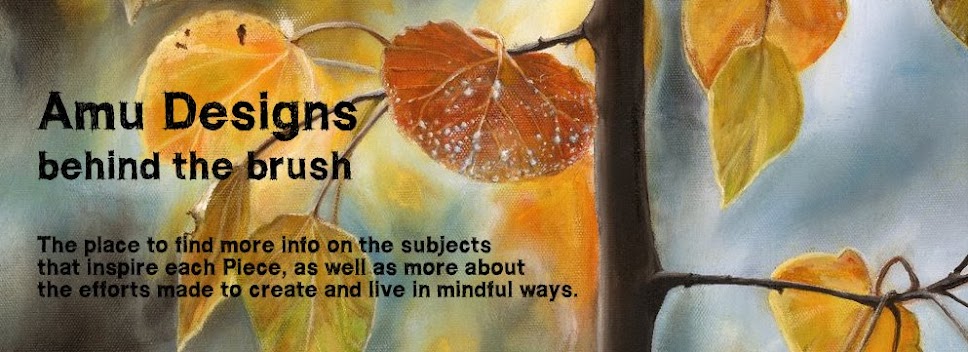
If you are in the London area, check out this event!
TiC is a small charity supporting children in education and non-academic development, including arts and sports, all over the world. This October we are holding an exhibition of art by children who have benefited from TiC support. It will be a unique event featuring paintings and drawings by children from Africa, South America and Eastern Europe, all themed around their ambitions for the future. It promises to be a really fun evening (with no pressure to donate!) and we would be so pleased if you are able to make it.
Some of the children's artwork will be auctioned by Lars Tharp, one of the longest running experts on the BBC's Antiques Roadshow, so be prepared to bid!

Amu Designs has also donated a print that will be up for auction, in support of this great cause!
When I Grow Up will take place at the Victoria and Albert Museum of Childhood, next to Bethnal Green tube station (zone 2), from 18:45-21:15 on Wednesday 21 October 2009. Drinks and nibbles will be provided and as part of the event you will be able to enjoy an out-of-hours visit to the museum’s collection (including some incredible toys).
If you cannot make the event but would still like to support TiC by making a donation or becoming a member (£25 a year) you can donate securely via Paypal or cheque by following the “Make a donation” link below.
Hoping to see you on 21 October.
Please visit the Trust in Children website – www.trustinchildren.org to learn more about this great organization!
Directions to Museum of Childhood - www.vam.ac.uk/moc/your_visit/index.html
Make a donation to Trust in Children - http://www.trustinchildren.org/support.html































